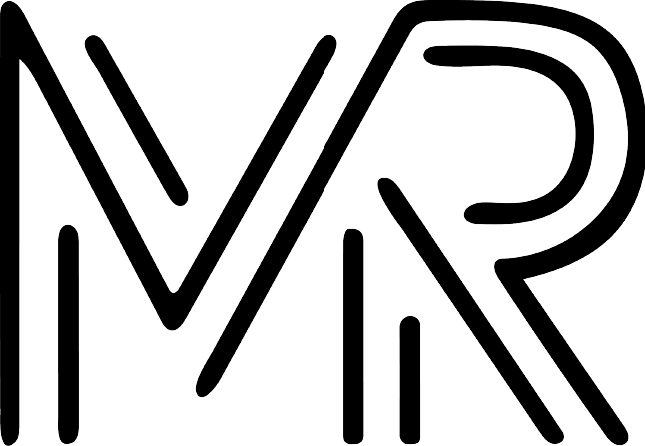FRIDAY // 08.28.2020
One of the main elements of human centered design is gaining empathy for those experiencing a problem; without empathy we wouldn’t be able to solve the underlying issues at hand. As a class exercise we partnered with a member of our cohort to explore radical solutions to issues we may experience with giving gifts. There were multiple stages of the interviewing and creating process that were limited to 4 minute increments, each stage diving deeper with questions, and ultimately prototyping a radical invention to solve their pain point–made from random items from our junk drawer or desk.
After interviewing my classmate Maddie, I discovered she enjoyed being surprised with gifts, but had issues with package delivery location and timing. Her most recent present was delivered to her home location while she was in another state for school, so her opening experience had to be virtually over the phone. Personally, my favorite part of gift giving is seeing the recipient’s reaction to the present, so I thought it was unfortunate she missed that experience. So solve this problem, I wanted to brainstorm a way that someone could deliver a special message, surprising their friend while simultaneously allowing them to see their reaction in real time— even if they’re in different parts of the world.
My invention would be a handheld attachment for your laptop consisting of a scanner, printer, and easy-to-use card designing program, along with a walk-man style notification screen. The concept is for someone to design a card, virtually have it delivered, prompting and printing right to the recipient. When notified of a virtual card delivery, they can accept (or save for future opening), where the webcam would connect (with permission) to the sender allowing them to see their reaction and share that moment together. Although this idea may be a glorified fax machine, I think making it more portable and user friendly could open doors for our virtual gift giving experience. After showing Maddie the design and getting her feedback, I made the prototype with craft paper, a candle, and tape. I really enjoyed this exercise because it allowed me to learn more about members in my class and pain points they experience, allowing us to collaborate on radical, but potentially feasible inventions.
